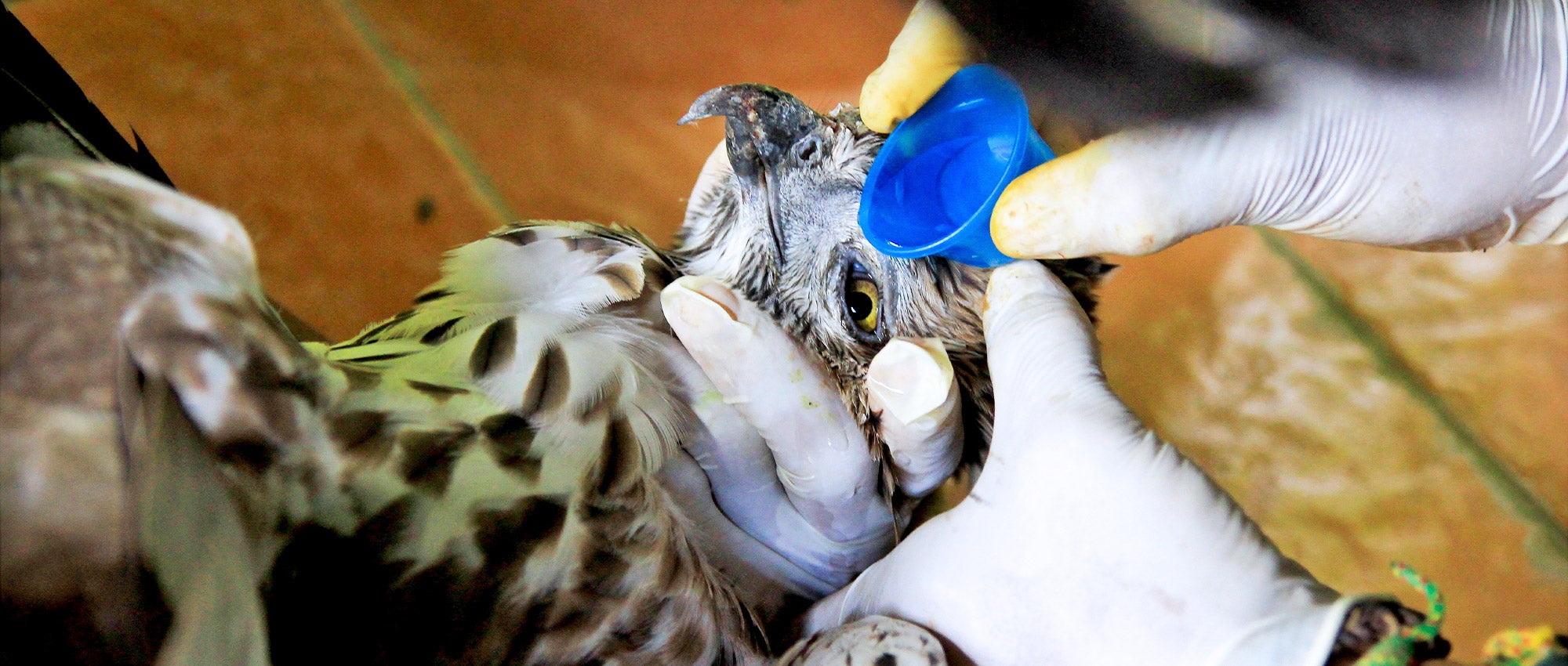The Function of Burlington Wildlife Rescue in Sustaining Endangered Types
The Function of Burlington Wildlife Rescue in Sustaining Endangered Types
Blog Article
Reliable Wildlife Removal Methods for a Peaceful Home Setting
In the pursuit of preserving a peaceful living space, homeowners usually deal with the challenge of wild animals invasions, which can disrupt the harmony of their environment. Implementing effective wild animals removal strategies requires a nuanced understanding of both humane exemption techniques and preventative actions.
Identifying Common Wildlife Intruders
Recognizing typical wild animals burglars is a crucial very first step in effective wildlife monitoring. Understanding the specific varieties that regularly penetrate commercial and household rooms allows homeowner and wildlife professionals to implement targeted techniques for mitigating prospective damages and health dangers. Typical burglars typically consist of raccoons, squirrels, bats, and different varieties of birds and rodents, each bringing one-of-a-kind difficulties.
Bats, while advantageous for controlling insect populations, can come to be a problem when they roost in attic rooms, potentially spreading diseases such as histoplasmosis. Birds, consisting of sparrows and pigeons, often produce unsanitary conditions with their droppings, leading to structural degradation and health problems - wildlife removal Burlington.
Humane Exemption Strategies
Comprehending the typical wild animals intruders is the structure whereupon effective exemption methods are developed. Identifying species such as squirrels, birds, and raccoons helps in designing humane exemption techniques tailored to details habits and access techniques. Exemption is a preventative approach targeted at refuting wild animals access to homes and residential or commercial properties, thus minimizing the need for more intrusive steps.
The cornerstone of gentle exclusion includes sealing potential entry factors. This consists of repairing openings in walls, roofings, and structures, in addition to setting up smokeshaft caps and air vent covers. For smaller sized intruders like bats and mice, utilizing materials such as steel woollen and caulk to secure voids is important. In addition, ensuring that windows and doors are secure, and that screens are intact, can even more hinder entrance.
Another key method is the use of aesthetic and acoustic deterrents. Setting up ultrasonic devices or motion-activated lights can dissuade nocturnal wild animals. Modifying the habitat by managing food sources, such as securing trash bins and eliminating bird feeders, also plays an important role. These exclusion methods not only safeguard the home environment but additionally respect the wild animals, enabling them to grow in their natural environments without damage.
Safe Trapping Methods
When exemption methods want, risk-free capturing methods come to be an essential option in wild animals management. Trapping, when carried out properly, supplies a humane and reliable means of addressing an immediate wild animals problem while ensuring minimal stress and anxiety and injury to the pet. This method needs an understanding of both the habits of the target species and the moral considerations included in wildlife handling.
The initial step in safe capturing entails selecting the appropriate trap kind. Live traps, such as cage catches, are usually suggested as they permit the capture and release of the pet somewhere else. These traps need to be checked regularly to stop undue stress or injury to the recorded wild animals. It is important to follow neighborhood regulations relating to capturing and relocation to make certain compliance with lawful criteria and wildlife conservation principles. burlington animal control.
In addition, lure option and positioning are crucial parts in making sure effective trapping. Lure must be chosen based upon the dietary preferences of the target varieties and purposefully positioned to tempt the pet right into the trap. When trapped, the pet should be taken care of with treatment, utilizing protective gear if essential, to help with secure transportation and launch, consequently keeping a relaxed home and a well balanced environment atmosphere.
Precautionary Home Adjustments
While risk-free trapping approaches resolve instant wildlife issues, long-lasting remedies frequently entail preventative home modifications to hinder pets from entering human spaces. Executing these modifications not just improves the safety and convenience of your living environment but also decreases the likelihood of future wild animals intrusions.
A crucial facet of preventative techniques is securing potential access points. This entails examining and repairing any voids or fractures in the structure, wall surfaces, and roof, as these can become accessibility paths for wildlife. Setting up chimney caps and fixing broken vents can avoid birds, bats, and rats from acquiring access. Likewise, securing windows and doors with weather stripping and harmonize displays includes an additional layer of security.
Landscaping adjustments can likewise act as effective deterrents. Cutting tree branches that overhang the roof and removing particles heaps can remove read this routes and habitats that attract wildlife. Maintaining a tidy backyard by safeguarding garbage can and compost heap prevents scavengers such as opossums and raccoons.

When to Call Professionals,##.
Specialist treatment becomes vital in scenarios where wildlife issues exceed the scope of DIY services. House owners might run into situations where the complexity or danger of the wildlife problem necessitates professional know-how.
In addition, infestations involving secured or threatened types need a nuanced method to follow legal guidelines. Specialists are furnished with the needed licenses and understand the lawful site structures regulating the handling of such species. This guarantees that removal is performed morally and within legal boundaries.

Last but not least, when wild animals positions a consistent trouble despite repeated do it yourself efforts, professional services can supply comprehensive assessment and long-term options customized to stop reappearance - burlington wildlife rescue. Their knowledge not just fixes the prompt issue but likewise safeguards the home setting in the future
Verdict
Executing effective wild animals removal techniques is vital my explanation for maintaining a tranquil home environment. With each other, these methods produce a harmonious living area totally free from wildlife disruptions.

These exclusion methods not just shield the home atmosphere yet also respect the wildlife, allowing them to flourish in their natural environments without harm.
Carrying out efficient wildlife elimination approaches is important for maintaining a relaxed home atmosphere.
Report this page